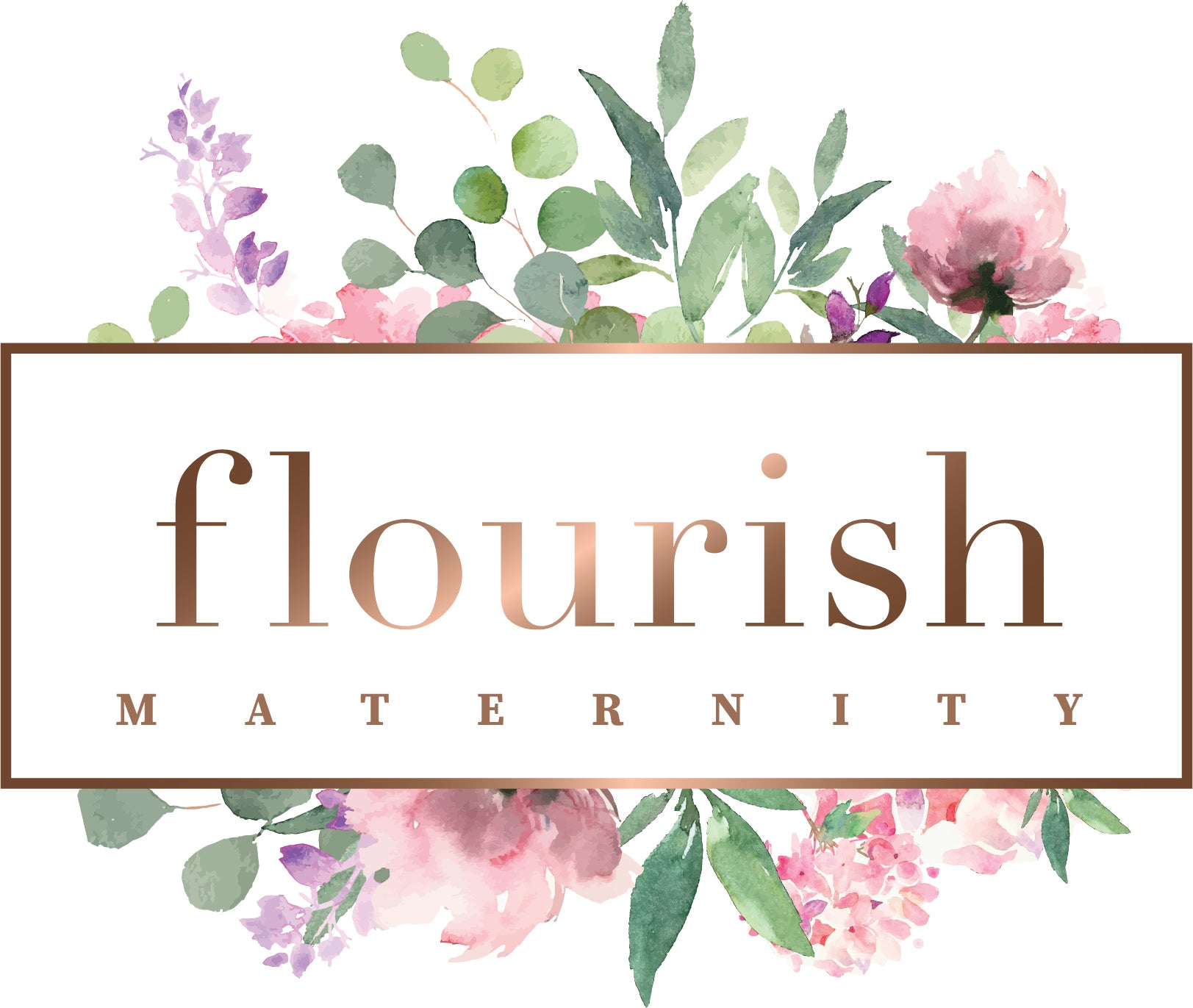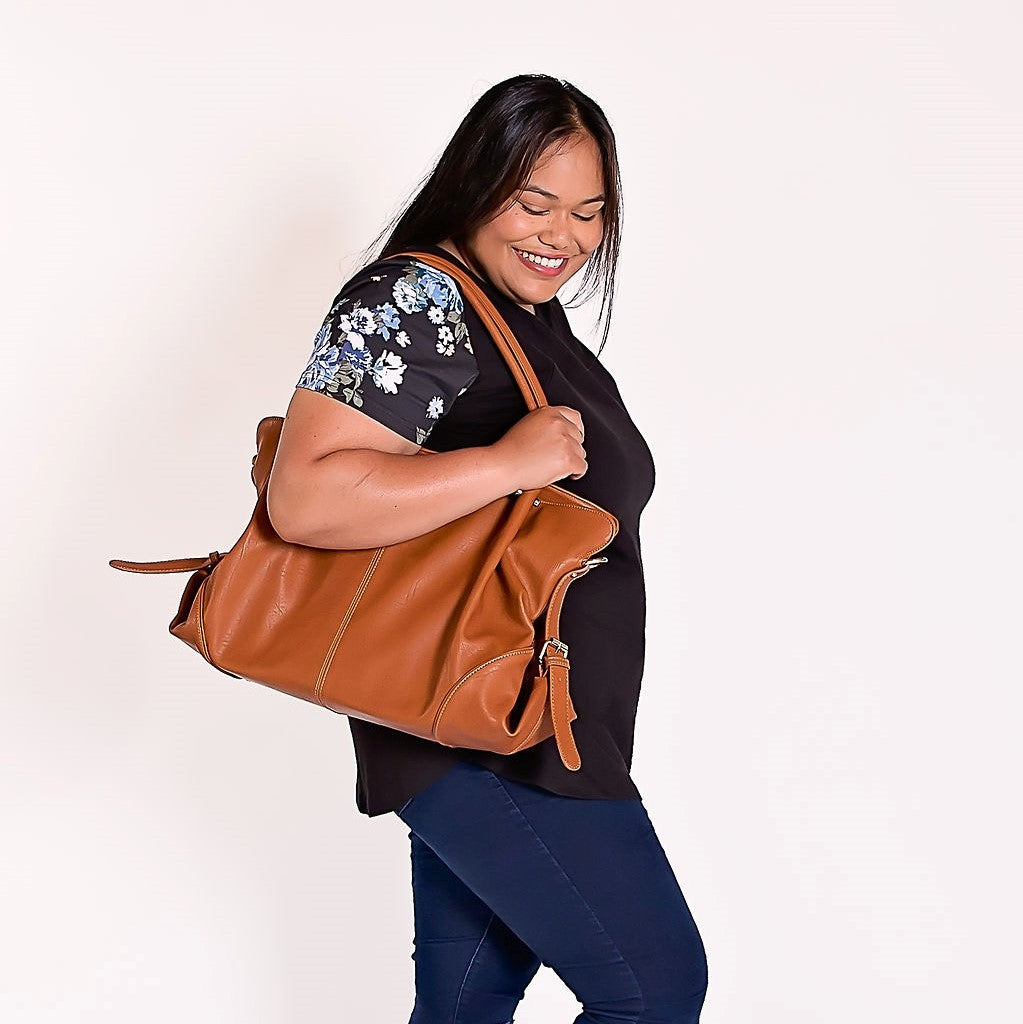The nursery is ready and you’re counting down the days, but there’s one last thing to do before you can put your feet up … pack your hospital bag! Ideally, you should have your bag ready to go by 36 or 37 weeks of pregnancy just in case you go into labour early. Babies often have their own time schedule! To avoid a last-minute rush and the risk of under- packing, a hospital bag checklist can be very handy.
The Ultimate Hospital Checklist for Mum
- Your birth plan. It’s a good idea to highlight some key points for quick reference.
- Nursing bras
- Comfortable loose-fitting clothes enough for 2-3 days stay. Trackpants are ideal, nothing too tight around your stomach and preferably pants that can sit above your hips if you need a c section.
- Breastfeeding clothes if you plan on breastfeeding.
- Underwear
- PJs
- A dressing gown
- Jandals
- Toiletries - You’ll want your hairbrush, regular or dry shampoo, toothbrush and toothpaste, deodorant, body wash, lip balm, extra hair ties and face wipes (in case you’re not up to showering right away)
- If you have a pillow you prefer or nursing pillow you want to take?
- Glasses/contact lenses
- Breast pads
- Maternity sanitary pads (2 packets)
- Any medications
- Healing products - Postpartum spray is a must! You won’t regret it.
- A reusable water bottle and, if you want something more than water, an electrolyte drink, or coconut water is always good
- Snacks – whatever is your go to...muesli bars, lactation cookies or some treats for you
- Phone charger
- Portable Bluetooth speaker and Spotify playlist if you plan on listening to music during labour.
The Ultimate Hospital Checklist for Baby
Baby’s chill quickly after birth and when dressed need 2-3 layers of clothing made from natural fibres to stay warm. Natural fibres such as wool and cotton breathe so baby is less likely to overheat. Avoid synthetics like polyester and polar fleece as these fabrics do not breathe and may cause baby to overheat. Layers of clothing trap and hold warm air and help keep baby’s temperature more regulated. Layers can easily be added or removed as necessary.
Be aware that babies lose more heat through their heads than any other body part, so a warm hat is essential.
- 3 woolen / cotton singlet’s
- 3 stretch and grows, or tops and pants that cover arms and legs
- 3 hoodless long sleeve cardigans / tops
- 1 hat (cotton/ wool)
- Booties and socks
- 2 swaddles/wraps
- Blanket
- Nappies, enough for 3-4 days
- Baby wipes
If you intend to feed your baby formula it may be recommended to take bottles and teats, and the means for which to sterilise them.
It’s good to get your capsule fitted in the car nice and early so you can take your time learning to install it the right way.
What Your Partner or Support Person Should Pack
Don’t forget your birth partner will also need some supplies to get through!
Here's a helpful list:
- Lots of snacks and a refillable water bottle.
- Cell phone and charger
- Book/iPad/laptop/headphones. Download a few new podcasts to listen to in case there is some down time.
Placenta
Some people choose to take their placenta (whenua) home. You may wish to bring a special container, such as an ipu whenua with you. As there is no storage available at the hospital, it’s a good idea to send this home with family as soon as possible.
The arrival of a new baby is an exciting, life-changing experience. Having a hospital bag checklist will not only ensure you’ve got everything you need, but also help you feel a little more relaxed when it’s time to head to the hospital.
If you want to double check you have everything you need in preparation for your baby, read our blog 10 must have items for your new baby.
All the best for the arrival of your little one, it will be the greatest moment of your life.

